Canon announced the PowerShot V1 for markets in Asia last week, which is a unique way for Canon to launch a new camera. The global announcement for the Canon PowerShot V1 is currently schedule for March, with initial availability coming in April.
The PowerShot V1 was presented to select retailers in the US a couple of weeks ago. So rest assured, it is coming for the rest of the planet in due time. We have some theories as to why the announcement has rolled out this way, but we don’t know for sure.
Canon PowerShot V3
Canon will announce another PowerShot camera in the second half of 2025 if all goes to plan. We’re told that it will be called the PowerShot V3 and it will be the “superzoom” for the PowerShot lineup.
The PowerShot V3 will not be like the Nikon P1100 with its small sensor and ridiculous 3000mm equivalent lens at the long end.
We were not told the exact specifications, but we were given some idea of what to expect.
It’s rumored that the PowerShot V3 will use the same sensor as the PowerShot V1. So it will be the “new” 1.4″ image sensor. The speculation is that the sensor is based on the 32mp sensor from the Canon EOS R7.
As for the lens, we’re told that it will be a 20x zoom. We would speculate that to be a 24mm-480mm 35mm equivalent lens. Which we think is a great range. A lens around 500mm is going to be great for a lot of shooters and it won’t have the same potato image quality that the Nikon P1xxx series of cameras have.
Beyond that, we don’t have much more to report.
What Do We Think?
We do think that this camera will be more focused to photographers and we won’t see things like an active cooling system. We would also expect to see a built in EVF.
As Canon gets back into the compact market, we don’t think we’re going to see the return of the $299 camera. The growing compact market is not going to get back to selling millions of them without much effort. There will have to be margins, so we wouldn’t be surprised to see a camera like the PowerShot V3 come in around $899 like the PowerShot V1.
There will be more to come in the coming weeks, but there are going to be a few cool cameras announced before we see the PowerShot V3.
|
When you purchase through links on our site, we may earn an affiliate commission. Here's how it works. |



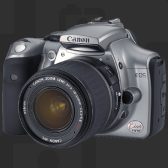
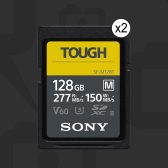
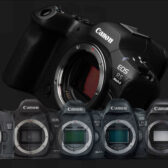
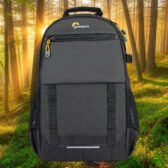
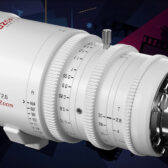

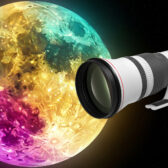


That said, 24mm-480mm with DIGIC X and sensor based on the R7 32mp sensor will more than compensate for 600mm on a 1" 20.2MP (DIGIC 6) sensor.
To provide some perspective this is the Sigma 16-300mm f3.5-6.7 for APS-C (600g + camera weight for $700 lens only) which was announced this week. The 2x crop version wouldn’t be much smaller/lighter since the front element would be similar
Canon model numbers leave room for a mysterious V2 in the future.
That’s a PowerShot which I really like.
waiting R50c, V1 size with R mount!!!
CP+ 2026 announcement? :)
Right now, the new Sigma 16-300mm f3.5-6.7 seems like the only technically viable option—but it’s short, and the actual iris is just a tiny 44mm.
At 3.20μm, we're already at Micro Four Thirds pixel size, so Canon might as well embrace it and create a product with a proper, dedicated lens.
The Olympus ecosystem has questionable value, but I’m thinking more along the lines of a Sigma 100-400mm or 150-600mm—shorter but faster alternatives to the RF100-500mm or RF200-800mm. Most importantly, they’re more affordable. But they don’t exist in Canon’s current RF lineup, and DSLR versions go crazy on the R7 due to its slow sensor and dated AF, making them frustrating to use.
And by the way, it’s not like I really care. Canon’s current full-frame lineup works perfectly fine for me, especially since I have access to some great-value wildlife lenses when I want a break from shooting portraits. I just wanted to point out that a hypothetical V3 with a long-range zoom would at least make some sense—unlike the V1, which feels completely useless to me.